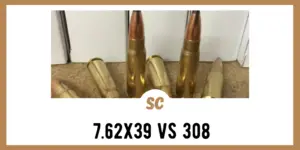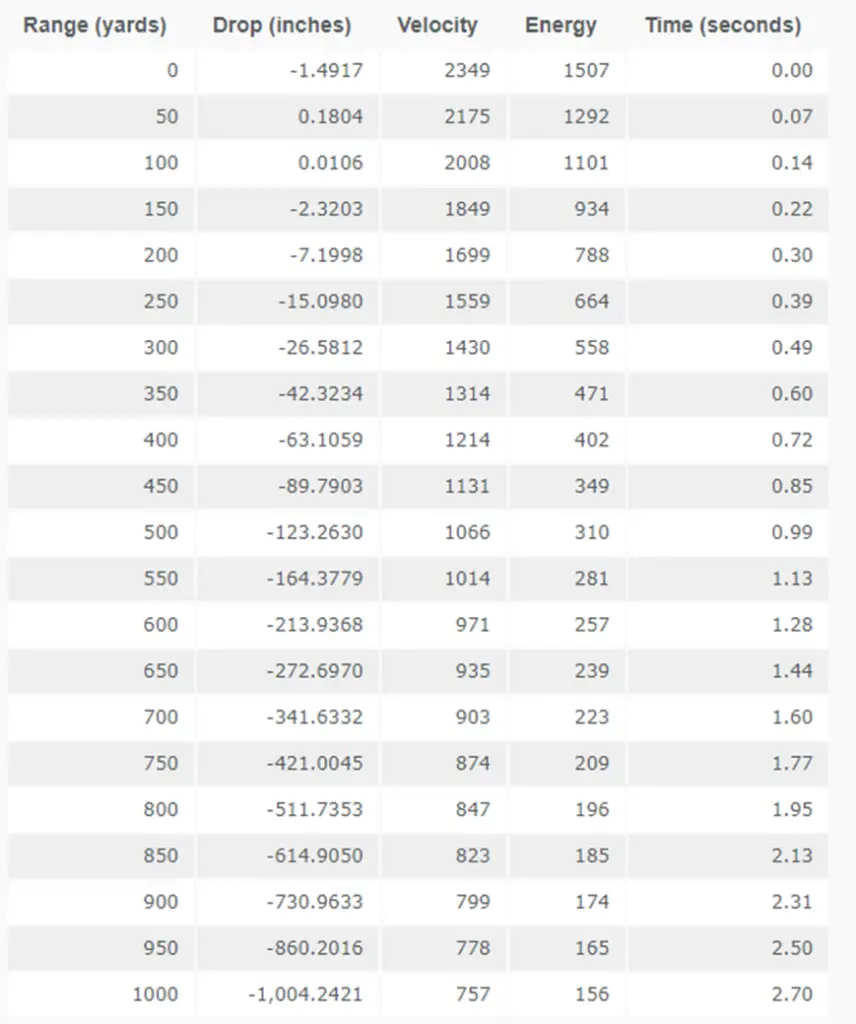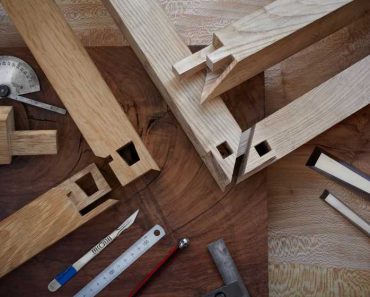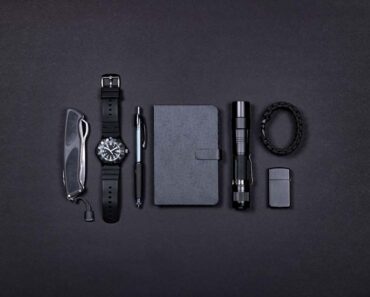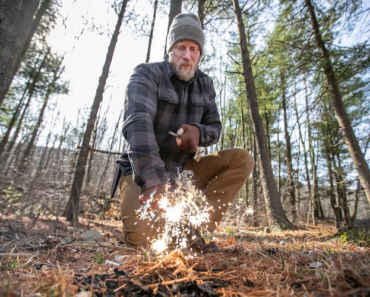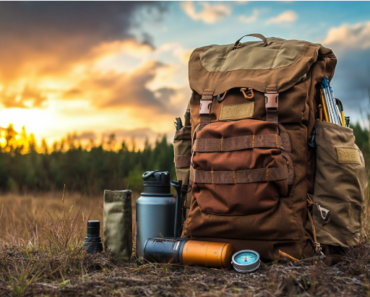The 7.62×39 and the .308. Here we have two rifle cartridges with their background firmly set in the military traditions.
Both cartridges were designed to meet specific needs for a military application that then spilled over into the civilian market with great success.
These two cartridges share the same bullet, but that is about the limit of the similarities. Looking at these two cartridges side by side will give us a better understanding of how they stack up with one another.
The 7.62×39 cartridge is a Russian design created shortly after the end of World War II. The primary weapons chambered for the 7.62×39 cartridge are the SKS and the AK-47-style rifles. The United States military developed the .308, which later became known as the 7.72×51 NATO. Initially, the cartridge was used with the M14 rifle and the M60 machine gun with much success.
Both cartridges have found widespread acceptance in the civilian shooting world. The proliferation of the SKS and AK-47 rifles around the world has made the 762×39 one of the most prolific cartridges in the world.
When Winchester adopted the .308 for civilian use and added their own nomenclature, .308 Winchester, shooters immediately and enthusiastically put the cartridge to use.
The Russian Connection – 7.62×39
At the end of World War II, the Russian military began developing a new rifle caliber and, consequently, a new rifle. The new rifle was to be the SKS, and the cartridge would become known as the 7.62 Russian or the .30 Russian Short. In time this cartridge simply came to be known by its cartridge dimensions as the 7.72×39.
Officially, the 7.62×39 is considered an intermediate cartridge. The specifications listed by SAAMI give the exact cartridge dimensions for this widely used rifle cartridge.
The Ballistics Story – 7.62×39
It is important to look at the ballistics of each of these cartridges to fully understand the comparison between these two rifle cartridges. In the civilian market, both the 7.62×39 and the .308 can be found in a wide variety of loads and bullet weights to meet different needs. This ballistic data is created based on a 123-grain bullet.
Analyzing the Data – 7.62×39
So what is the story of the 7.62×39? Looking closely at the data, I find that the 7.72×39 has an interesting story to tell. We must remember that the 7.62x 39 cartridge was developed as a military full-power rifle cartridge. For that purpose, the cartridge was designed to function for some specific needs.
Bullet Drop
The 7.62×39 has a much lower ballistic coefficient than the .308. Thus the 7.62×39 cartridge shows a much more pronounced bullet drop over its trajectory. At 250 yards, the 7.62×39 bullet has dropped a little over 15 inches. By the time the bullet has reached 350 yards, the bullet has dropped more than 42 inches. In addition, at these ranges, the accuracy of the round suffers a similar degradation.
The 7.62×39 is considered an intermediate cartridge, so its effectiveness at longer ranges is minimal. Certainly, a 7.62×39 cartridge can deliver sufficient energy at 1000 yards to deliver a killing hit. However, at this range, the holdover required for the shot and the cartridge’s inherent inaccuracy make shot placement almost impossible.
Velocity
Over distance, bullet velocity also degrades with the 7.62×39 cartridge. At the muzzle, standard 150-grain loads deliver approximately 2300 feet per second of velocity. At 200 yards, this has decreased to about 1700 feet per second. When the bullet reaches 300 yards, the velocity has decreased to a little over 14oo feet per second.
Those numbers represent a 30% reduction in velocity.
The reduction in velocity gets worse after 300 yards. By the time the bullet reaches 500 yards, the velocity is reduced by more than half to about 1050 feet per second. At 1000 yards, the bullet is traveling about 750 feet per second, or essentially one-third of its original speed.
Delivered Energy
Delivered energy is a combination of bullet weight and bullet speed. As bullet velocity declines, so does the delivered energy as the bullet drops along the trajectory. Initially, the 7.62×39 cartridge measures the energy at 1507 foot-pounds at the muzzle.
At 200 yards, the delivered energy drops to about 780-foot pounds. This is an almost 50% drop in energy over just 200 yards.
At 500 yards, the delivered energy is 310-foot pounds. This is certainly enough energy to get the job done if the shot placement is right and nothing impedes the bullet, such as bone or other objects.
My Overall Take on the Ballistics Data
In the end, the evaluation of the ballistics data for the 762×39 cartridge has to take into account the history and intent of the Russian military when they developed the cartridge. There was no thought given to the civilian market. Both the SKS and the AK-47 are battle rifles, and the 7.62×39 cartridge is a battle cartridge case.
When used as a hunting rifle, the 7.62×39 cartridge is quite capable of taking deer or varmints at close range. This is no long-range shooting rifle cartridge. Long-range shooters must find an alternative to make those long-range shots.
The .308 Winchester AKA 7.62×51 NATO
The .308 Winchester is another civilian factory cartridge that owes its existence to a military background. The U.S. Army began experimenting with a lengthened .30-06 case to meet the performance specifications. This cartridge case was designated the T65, and eventually became what we now know as the 7.62×51 NATO cartridge.
Winchester began marketing a civilian version of the NATO cartridge as the .308 Winchester in 1952.
In civilian terms, the .308 Winchester has become one of the most popular rifle calibers for bolt action rifles in the United States. Many hunters find this rifle cartridge an excellent choice for almost any but the largest North American game animals.
It should be noted that the 7.62×51 NATO cartridge case has slightly different dimensions. The .308 Winchester and the 7.62×51 NATO are interchangeable in most guns.
Looking at the .308 Winchester Ballistics Data
If we analyze the ballistic data on the .308 Winchester we may find some interesting anomalies that refute some of the more common misconceptions about the .308 Winchester cartridge.
The Ballistics Story of the .308 Winchester Cartridge
In general, the .308 Winchester cartridge is a high-performance rifle round that delivers some impressive bullet energies downrange. The military has employed the 762×51 NATO version of the .308 Winchester in rifles and machine guns. Long-range shooting is possible. Many law enforcement agencies and military units still choose a rifle chambered in 7.62×52 as sniper rifles.
Bullet Drop
A .308 Winchester cartridge has a relatively flatter trajectory than the 7.62×39 round. Looking at the ballistics table, we see that at 100 yards, the .308 is .0075 inches above the bullseye.
Further downrange at 200 yards, the bullet has only dropped a little more than 3.5 inches. Looking out to 300 yards, bullet drop has increased to 13.5 inches.
After 350 yards, ballistic performance begins to fall rapidly. At 500 yards, a holdover of more than 56 inches is required. At 1000 yards, this holdover requirement is almost 400 inches. This brings into question the ability of the .308 Winchester to operate effectively at more than 300 yards as hunting ammo.
Velocity
At the muzzle, the .308 Winchester delivers an impressive 2820 feet per second of velocity. At 100 yards, this velocity has dropped to 2598 feet per second. At 300 yards, the .308 Winchester will still chronograph 2185 feet per second. The bullet velocity won’t reach 50% of the muzzle velocity until about 750 yards.
These are not bad velocity measurements considering the ballistic coefficient of the .308 cartridge. The ability to maintain velocity over distance makes this an accurate cartridge. If a lighter bullet is loaded, you can achieve higher muzzle velocity and a better ballistic coefficient.
Delivered Energy
Muzzle energy for the .308 Winchester is impressive as well. At the muzzle, a standard load delivers in the area of 2650 foot-pounds of energy.
Moving out to 200 yards, the average range that whitetail deer are taken in the U.S., this cartridge delivers 1897 foot-pounds of energy. At 400 yards this .308 Winchester load still delivers approximately 1300 foot lbs of energy. This is enough to make a clean kill on most mid-range game animals in North America
My Thoughts on the .308 Winchester Ballistic Data
The .308 Winchester is a popular hunting cartridge for good reason. The velocity and delivered energy at distances far beyond what most hunters shoot make this a great hunting cartridge. The largest game animals on the North American continent such as moose, elk, and grizzly bear can be taken with the .308 if the hunter is skilled and confident.
The fact that some professional hunters in Africa routinely use the .308 Winchester on duiker and Eland antelope without problems. The Canadian Arctic Rangers use the .308 Winchester for polar bear protection.
7.62×39 vs 308 Winchester – The Side by Side Comparison
Even though these two cartridges share a common bullet diameter and bore diameter, there really is no comparison. Even the external dimensions are so different that it is easy to see that these two cartridges will perform differently.
If we compare cartridges on a factor-by-factor basis, the difference becomes apparent:
What I See About Ballistics
There really is no comparison between these two cartridges when it comes to basic ballistic data. The key factor is the case size which limits the load available in the 7.62×39 cartridge. The 7.62×39 cartridge case holds about 60% less volume than the .308 Winchester.
This alone means that the .308 will perform better in the ballistics test. Looking at each variable that affects ballistics yields even more information.
Velocities
A larger case capacity means a larger powder load. This usually also gives more pressure at the breech. Higher pressures return faster velocities and better trajectories. The 7.62×39 round is designed for military rifles that have different characteristics. Newer factory loads may yield slightly better ballistic results, especially if newer bullets are used that give a better ballistic coefficient.
The higher velocities attained by the .308 Winchester show better performance overall during testing. Many new factory loads for the .308 Winchester produce even higher muzzle velocity readings and provide an even flatter trajectory.
From the standpoint of velocities, the .308 Winchester is heads above the 762×39.
Energy
Muzzle energy is another factor that must be considered, especially in a hunting rifle cartridge. It is obvious from the data that the .308 Winchester enjoys a decided advantage in muzzle velocity. Downrange, the same holds true as the average sectional density of the 7.72 bullet affects energy retention.
While some newer factory loads may improve the 7.62×39 performance, they will never attain the delivered energies produced by the .308 Winchester.
For hunting North American game animals, the .308 Winchester is the proven winner, delivering enough energy at the most common distances to make a clean and ethical kill on all but the largest animal.
In the energy factor comparison, the .308 again takes the top spot.
Trajectory
At short ranges, both of these cartridges deliver a relatively flat trajectory. However, as distance increases, the .308 Winchester gives a flatter trajectory than the 762×39 cartridge. This characteristic gives the .308 Winchester the edge to long range shooters.
If you load your own ammo, you may see even better trajectory results if you choose lighter bullet weights with a higher ballistic coefficient. The trajectory may improve, but heavier bullets may deliver more power and energy to the target.
All in all, I give the edge in this category to the .308 Winchester.
Felt Recoil
In my opinion, felt recoil in both of these calibers is negligible. The 7.62×39 does produce low recoil energy in most instances. The larger loads associated with the .308 Winchester produce more power and also more recoil energy. However, neither of these cartridges is overpowering or unmanageable for almost any shooter.
In this instance, the felt recoil factor is a toss-up.
My Final Conclusion
In the end, the decision on which rifle cartridge to choose is more about what kind of shooting you intend to perform.
The 7.62×39 rifle cartridge was originally designed to shoot full metal jacket bullets in a variety of rifles meant for military purposes. These purposes also included the weapons meant for automatic fire and close-range urban conflicts. These are excellent cartridges for this purpose.
However, the adaptation of the .308 for hunting has been very successful. If I had to choose one cartridge, I must choose the .308 Winchester.
In my opinion, the .308 Winchester round is more versatile, provides a greater range of performance, and is more useable in the field, especially at long range as a hunting round than the 7.62×39 cartridge.


